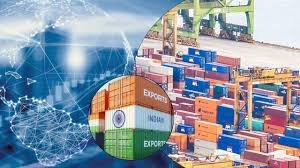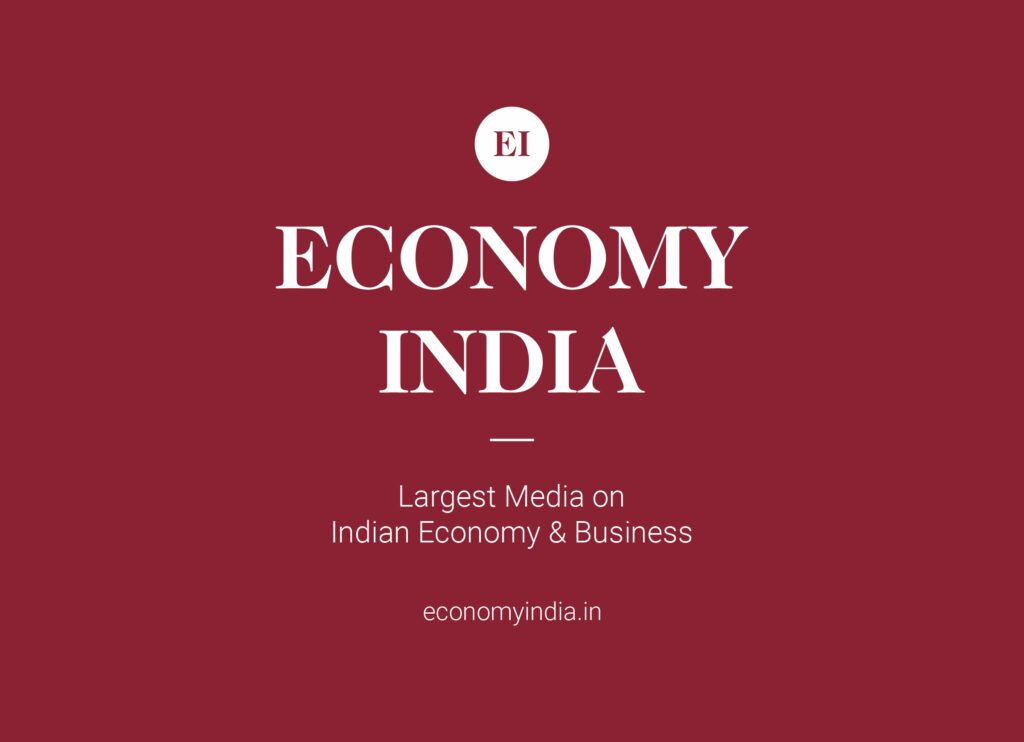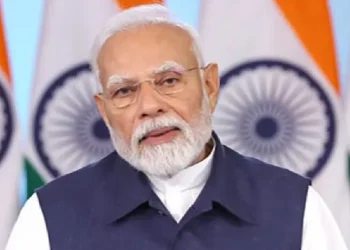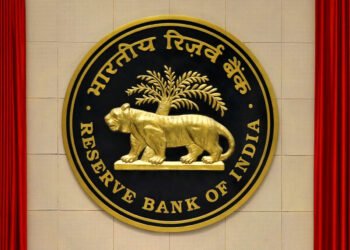UAE, Vietnam, Belgium, and Saudi Arabia emerge as key destinations as India diversifies beyond the US market
New Delhi (Economy India): India’s export performance to non-US markets witnessed a robust expansion during January–September 2025, driven by strong demand for textiles, gems & jewellery, and marine products. According to the latest data from the Ministry of Commerce, exports to emerging Asian, European, and West Asian markets — notably the United Arab Emirates (UAE), Vietnam, Belgium, and Saudi Arabia — have shown impressive growth momentum.
Asia and Gulf Drive Export Momentum
India’s exporters are increasingly shifting focus from traditional markets like the United States to new high-demand destinations across Asia and the Middle East.
- UAE has recorded a sharp rise in imports of Indian gems, gold ornaments, and finished jewellery pieces, reflecting buoyant retail demand.
- Vietnam has emerged as a major hub for Indian textile exports, with strong orders in synthetic and cotton fabrics.
- Saudi Arabia and Qatar have become critical destinations for India’s marine and processed food products, particularly frozen shrimp and tuna.
The diversification strategy is enabling India to balance global trade volatility while tapping into fast-growing economies.

European Markets Offer Stability
In Europe, Indian exporters have found renewed opportunities in Belgium, the Netherlands, and Italy.
Belgium, the global diamond-trading center, saw a 15–18% increase in imports of cut and polished diamonds from India. Similarly, rising demand for eco-friendly and sustainable textiles across European fashion brands has benefited Indian garment manufacturers.
Exporters also reported increased shipments of handcrafted jewellery and sustainable apparel, reflecting Europe’s preference for ethically sourced products.
Marine Exports Continue to Rise
India’s marine product exports grew 7% year-on-year during the first nine months of 2025, reaching an estimated USD 6.2 billion.
Shrimp remained the top export commodity, followed by tuna, squid, and cuttlefish.
Key exporting states — Kerala, Gujarat, Odisha, and Andhra Pradesh — have strengthened trade ties with Middle Eastern and Southeast Asian buyers.
Officials from the Marine Products Export Development Authority (MPEDA) said India is benefiting from new cold-chain infrastructure and improved quality certifications that meet global standards.
US Market Slows, But India Stays Resilient
While the US remains India’s largest export destination, demand has slowed due to tighter monetary policies and subdued consumer spending in the American market.
Exports of jewellery and apparel to the US declined marginally during Q2 and Q3 2025.
However, India’s “market diversification strategy” has largely offset this dip. The country’s exporters have leveraged trade agreements and bilateral engagements across Asia and Africa to sustain growth.
Policy Support Boosts Export Competitiveness
The Indian government has rolled out several initiatives to strengthen export competitiveness:
- Extension of RoDTEP (Remission of Duties and Taxes on Exported Products) scheme to more sectors.
- Active collaboration with GJEPC (Gems and Jewellery Export Promotion Council) and MPEDA for product standardization and promotion.
- Accelerated negotiations on Free Trade Agreements (FTAs) with the European Union and Gulf Cooperation Council (GCC) countries.
According to senior officials, these policy measures are expected to further push India’s merchandise exports to new highs by 2026.

Analysts: India’s Export Mix Becoming More Balanced
Trade analysts suggest that India’s export portfolio is becoming more balanced and less dependent on any single geography.
“India’s export resilience lies in diversification — not just by product but also by region,” said a senior economist at EXIM Bank. “The pivot to non-US markets like ASEAN, GCC, and Europe ensures stability even amid global demand fluctuations.”
The Road Ahead
Experts anticipate that India’s total merchandise exports could surpass USD 500 billion by 2026 if the current trend continues.
However, to maintain this momentum, exporters will need to focus on enhancing logistics efficiency, improving digital supply chains, and adhering to evolving ESG (environmental, social, governance) norms.
With steady policy backing, innovation, and new market outreach, India is well-positioned to solidify its place as one of the world’s fastest-growing export economies.
India’s rising exports to non-US markets signal a new phase in its global trade evolution.
From diamonds and garments to seafood, the country’s diversified product mix and expanding global footprint underscore its emergence as a reliable, competitive, and sustainable trading partner on the world stage.
( Economy India)












